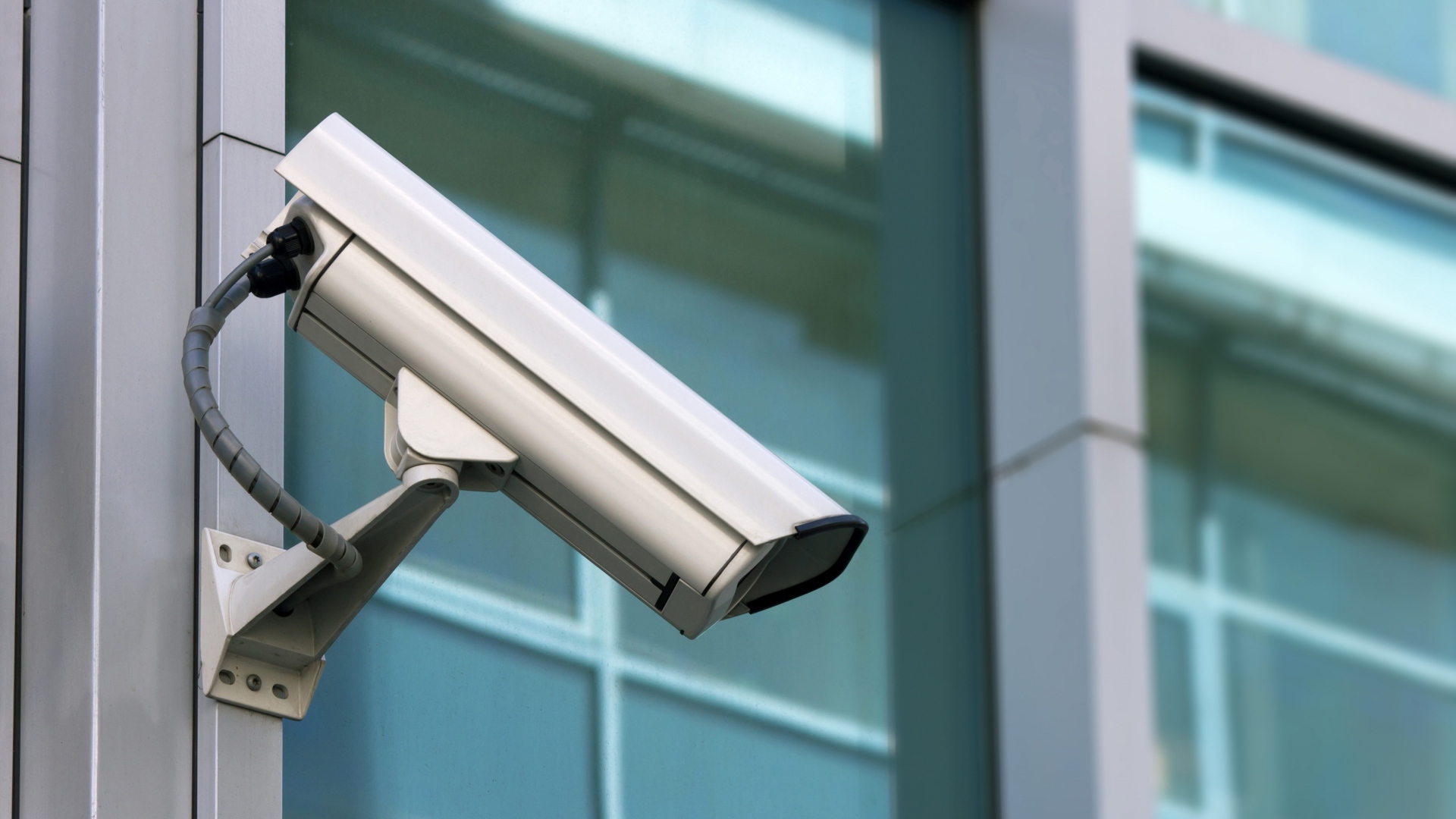Portable Buildings
The use of portable buildings is on the increase. In the modern world, space is at a premium. All kinds of firms and organisations occasionally need more space than they have within their current buildings. Temporary buildings are often the perfect answer.
Uses For Portable Buildings
You will see portable buildings used in a wide variety of settings. Most building sites will have them. The site office is normally a temporary building. They are also used on building sites to provide meeting rooms, canteens, toilet facilities, changing rooms or somewhere secure to store tools.
They are also widely used by schools as extra classrooms or toilet facilities. Occasionally, when a school has to be demolished and rebuilt or refurbished an entire temporary school will be built out of units that are delivered on the back of a lorry.
Hospitals use them in a similar way. They usually house basic clinics in them, but they are also occasionally used to provide treatment facilities. For example, Haemoglobinopathy units and dialysis centres. They enable the health service to set up satellite facilities closer to the actual users of healthcare facilities.
You will also see these buildings widely used by sports clubs as changing facilities and clubhouses. The prison service also uses them to provide additional facilities, such as classrooms and clinics.
The Advantages of Portable Buildings
There are many advantages to using these kinds of buildings. The biggest is that they can be put up very quickly. Once a suitable foundation or base has been prepared, the building can be delivered and ready to use in just a few hours. They are usually modular, so any size building can be created using them. However, bigger buildings can take days or weeks to complete, but this is far quicker than constructing a building of a similar size from scratch.
Once they are no longer needed the reverse happens and the building is taken away to be used elsewhere. This means that portable buildings are extremely environmentally friendly. The cost of renting or buying this kind of building is a fraction of what it would cost to construct a building of a similar size.
If you are looking for portable buildings visit the Kyoob Space (cube space) website. We sell and rent out a huge range, so are bound to have what you need.



